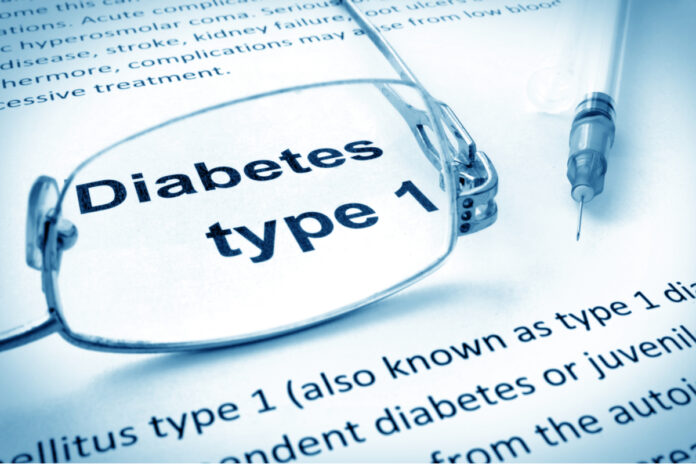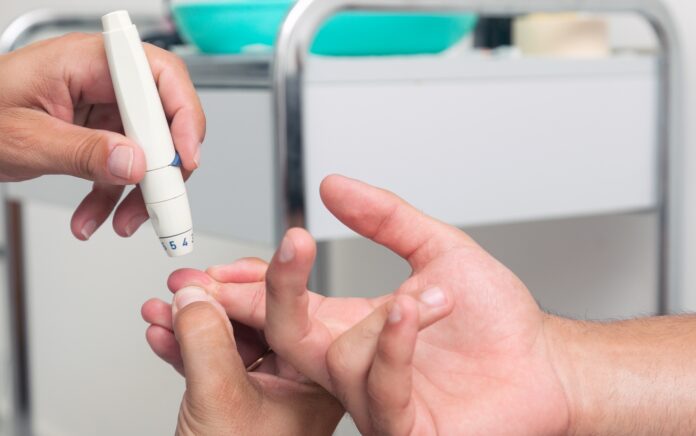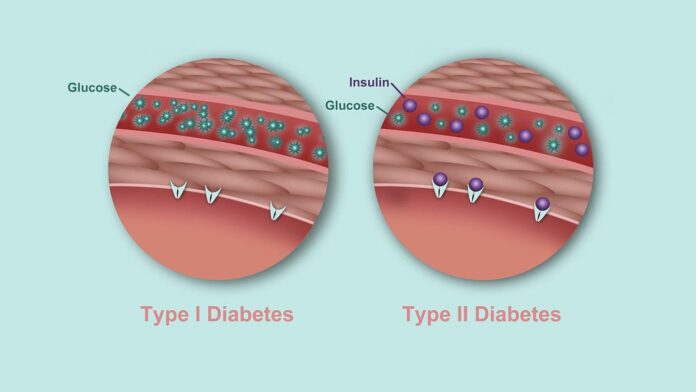Diabetes is among the world’s most challenging conditions that disturb aged people. Research shows that about 29% of Americans aged 65 and above suffer from this condition. Nonetheless, the victims easily manage it with access to better healthcare coverage. Medicare, a federal health insurance program in the US, provides individuals aged 65 years and above, people living with disabilities, and individuals with End-Stage Renal Disease with healthcare coverage.
This article will uncover what Medicare covers for diabetics, including services, supplies, and preventive care, helping you make informed decisions regarding healthcare needs.
Medicare Part A Benefits for Type 1 Diabetes
Medicare Part A mainly covers inpatient care during hospital stays, home health care, and skilled nursing facility care. According to Medicare coverage guidelines, individuals with type 1 diabetes qualify for hospital treatment during hospitalization.
Medicare coverage caters to skilled nursing care for temporary enrollment and approved facilities. This implies that type 1 diabetes patients with long-term enrollment don’t qualify for this benefit.

Medicare Part B and D Coverage for Type 1 and Type 2 Diabetes
Medicare Part B primarily covers preventive and necessary medical services. This includes services and supplies required for treating or diagnosing medical conditions. Part D on the other hand, covers generic drugs and prescriptions.
What Does Medicare Part B Cover for Victims of Type 1 and Type 2 Diabetes?
Medicare Part B covers diabetic screenings, supplies, and other related services. Here is an overview of what it offers:
1. Blood Sugar Supplies and Self-Testing Equipment
Part B benefits include home-use blood sugar testing kits such as lancet devices, glucose monitors, and constant glucose monitors. This plan offers coverage to individuals with any diabetes. However, the supply amount varies depending on the diabetes management approach as follows:
- If you are an insulin user: you qualify for 300 lancets and 300 test strips tri-monthly.
- If you are a non-insulin user: you qualify for 100 lancets and 100 test strips tri-monthly.
Also, you need a doctor’s prescription to use this benefit, and you can only order or pick up supplies at a medical equipment supplier or pharmacy within Medicare’s network.

2. Therapeutic Inserts or Shoes
Part B also provides therapeutic insert coverage to people with neuropathy and diabetes. To benefit from this plan, a doctor must recommend that you require these inserts or shoes. The supports inserts and shoes include:
- Three pairs of inserts and one pair of depth-inlay shoes
- A pair of custom-shaped shoes with inserts and two other pairs of inserts for individuals who cannot wear depth-inlay shoes.
3. Insulin Delivery Technology
Part B also covers insulin patches, pumps, and pod technology. All these require a doctor’s prescription.
4. Diabetes Screening Tests
Part B covers examination test costs for individuals at risk of diabetes. These tests help detect diabetes in the early stage. One can take two diabetic screening tests annually.

5. Diabetes Self-Management Training
This training enables diabetes patients to learn diabetes routine management practices. You need a doctor’s prescription or other medical specialists to acquire this training.
6. Medicare Diabetes Prevention Program
This 2-year program for prediabetes patients aims to delay or prevent the risk of developing type 2 diabetes. The leading training happens in a group session within the first six months. The next six months are follow-ups intended to boost healthy lifestyle habits, while the other 12 months are maintenance meetings aiming to promote your long-term progress.
7. Medical Nutritional Therapy Services
Part B also covers medical nutritional therapy services if you have kidney disease, diabetes, or if you had a kidney transplant within the last three years. You must have a doctor’s recommendation to benefit from this coverage. Also, if you acquire dialysis in a dialysis amenity, Medicare covers this service as part of your dialysis care. Moreover, you can get the therapy via telehealth from a nutritional professional or Registered Dietitian if you live in a rural setup.

8. Hemoglobin A1C Tests
The hemoglobin A1C test shows your average blood sugar level for the past three months. Your healthcare provider can opt for in-office A1C testing or consider a local laboratory. However, Medicare requires proper supporting documentation from your doctor that you need this test. Also, you can only benefit from the coverage at laboratories accredited by Medicare.
What Does Medicare Part D Cover for Victims of Type 1 and Type 2 Diabetes?
Medicare Part D is generally a drug prescription program for all beneficiaries. Under this plan, you opt for a Prescription Drug Plan from any Medicare-approved private insurance company. The plan covers diabetes supplies and medications such as:
- Injectable and oral medications like Invokana, metformin, Ozempic, and others.
- Inhalable or Injectable Insulin.
- Lancets, syringes, gauze, insulin pens, alcohol swabs, etc.
Conclusively, Medicare provides substantial coverage to diabetics, including various services, preventive care, and supplies. If you are a Part A, B, and D beneficiary, you can access hospital stays, doctor visits, diabetes self-management training, and acquire diabetes monitoring supplies. However, you must review your Medicare plan, understand its coverage details, and contact a registered doctor for diabetes management needs. Thankfully, all your healthcare needs will be met.

Final Thoughts
Medicare provides important coverage and support for individuals with both Type 1 and Type 2 diabetes. Understanding the benefits available under different parts of Medicare can help beneficiaries effectively manage their condition and improve their overall health outcomes.
Part A provides coverage for inpatient hospital stays, including those related to diabetes complications for individuals with Type 1 diabetes. This coverage ensures that necessary hospital care is available when needed.
Part B offers a range of benefits for both Type 1 and Type 2 diabetes. It includes coverage for blood sugar supplies and self-testing equipment, therapeutic inserts or shoes, insulin delivery technology, diabetes screening tests, diabetes self-management training, the Medicare Diabetes Prevention Program, medical nutritional therapy services, and hemoglobin A1C tests.
Part D provides coverage for prescription drugs, including insulin and other medications used to treat diabetes. This coverage is crucial for individuals with both Type 1 and Type 2 diabetes to access the medications they need to control their blood sugar levels and maintain their health.





![Calgary’s Hottest Neighborhoods for Luxury Homebuyers [2024]](https://thewashingtonote.com/wp-content/uploads/2024/04/Calgary-324x160.png)



